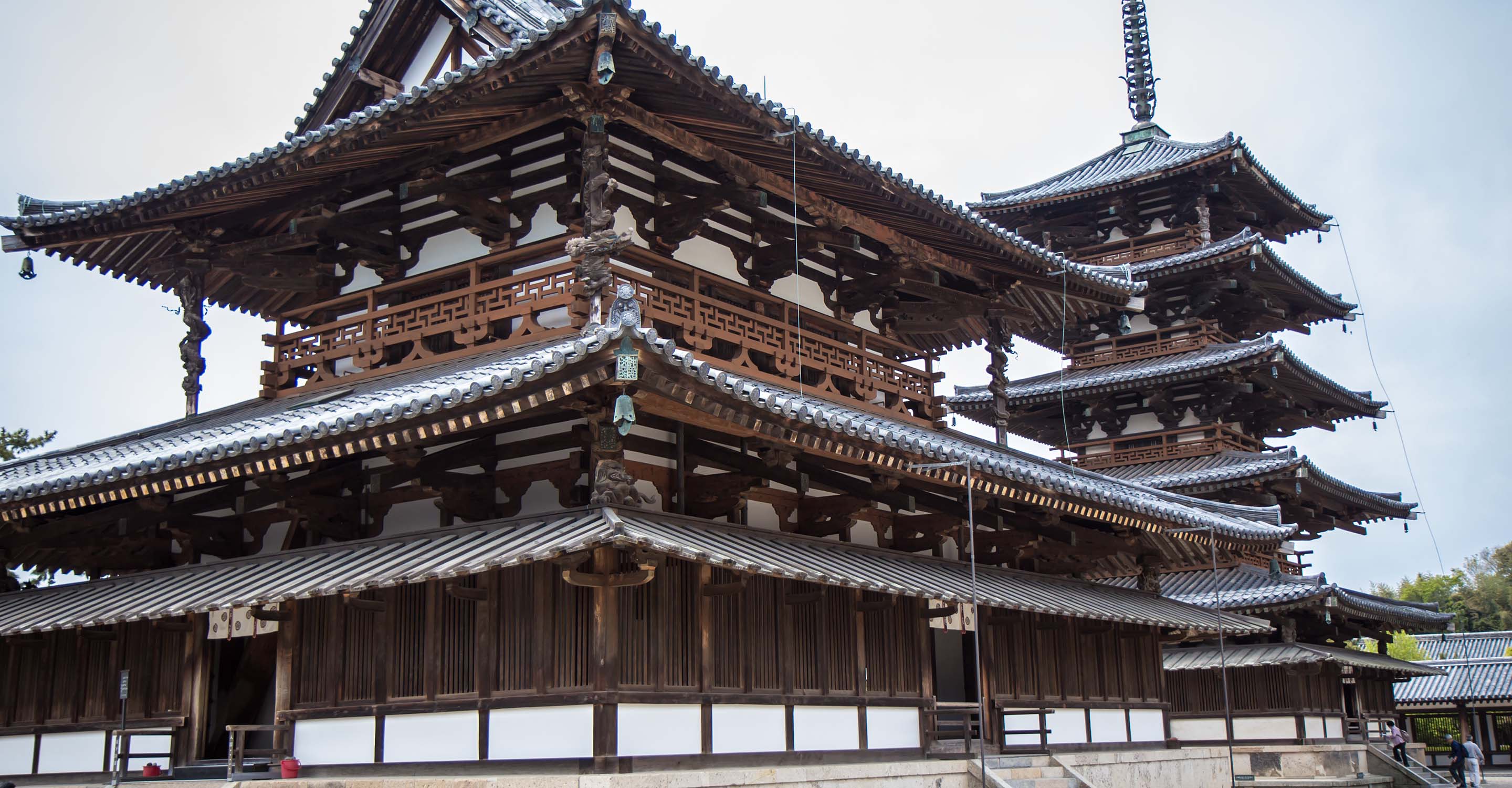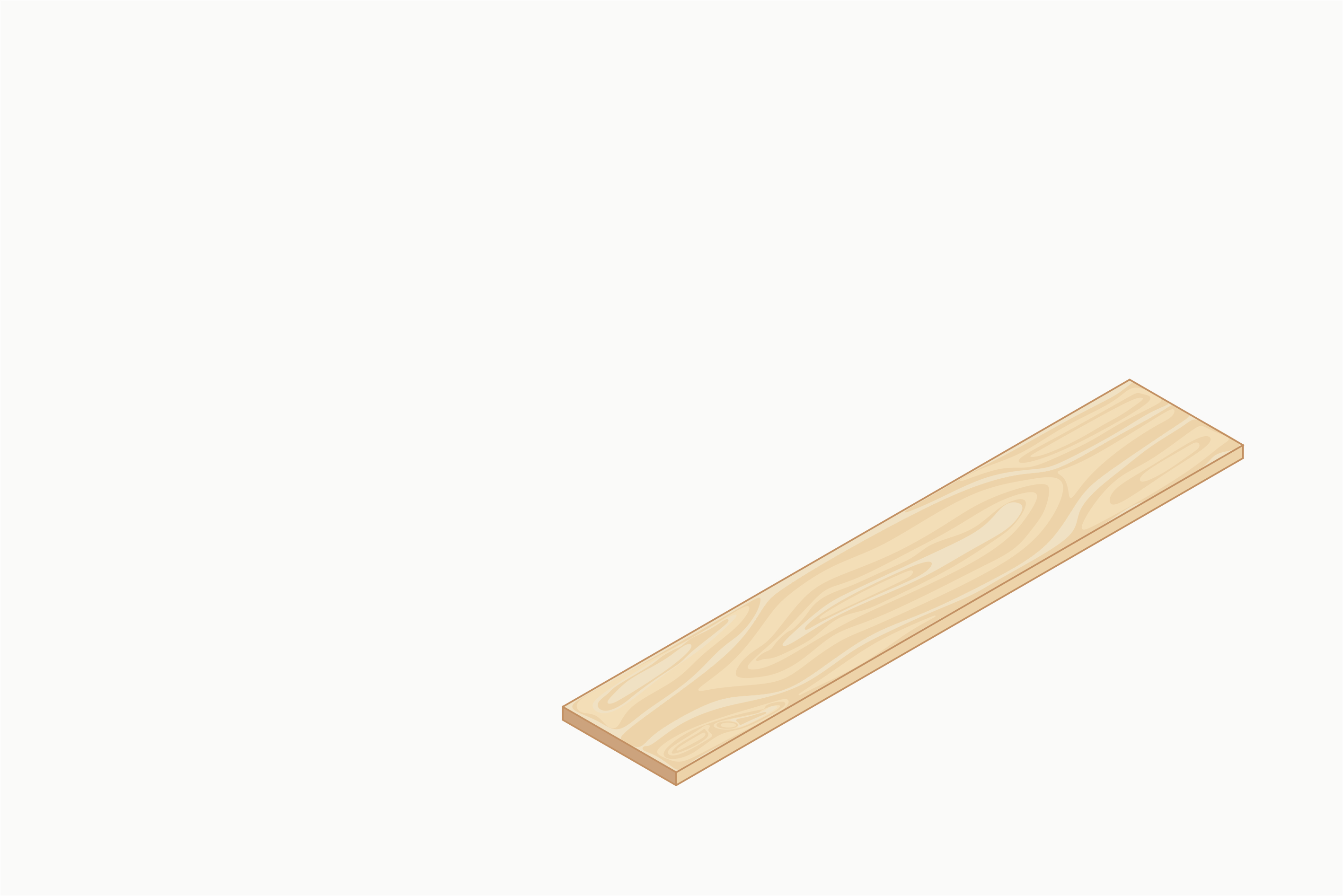Structural Timber
25/10/20 | Word Count: 781
Timber has been used as a building material for centuries, in fact the oldest
timber building is thought to be
Horyuji Temple in Japan, estimated to have been
constructed 1300 years ago. Although a lot of the original timber may have been
replaced over time through restoration, it’s no small feat to have a building
last for so long. Some archaeologists have found evidence of primitive constructions
dating back to
5500-5000 BCE
using wood to line wells.
 Horyuji Temble in Nara, Japan
Horyuji Temble in Nara, Japan
Source: Time Travel Turtle
Up until the 21st century, timber as a building material likely had an image of
being suitable only for small residential constructions. Log cabins may have been the
predecessors, but timber framed buildings rose in
popularity for their flexibility,
speed of construction and availability of materials especially in regions with forests.
However, in more recent decades, advents in industrialisation have allowed this
traditional and historic material to fast track itself into modern construction.
Engineered timber is a term for wood that has been cut and assembled in order to
improve mechanical performance. For example, glue laminated timber
(Glulam) is composed of
multiple pieces of wood glued together so that natural warping can be countered,
and the overall size of a single member can far exceed the natural form of trees.
Similarly, cross laminated timber
(CLT) uses layers of wood stacked on top of one
another, where the grain directions are orientated perpendicular to one another,
greatly improving the strength.
 An example of CLT construction
An example of CLT construction
Source: Arch Daily
These products still have most of the benefits of the rudimentary solid lumber:
flexibility, fast construction and general good availability, and so are used on
various projects around the world. There are also auxiliary benefits to these choices,
for example construction sites tend to be less polluting both in
particulates
and noise due to not requiring heavy machinery. One other benefit that is now
being drawn into focus is how sustainable the material can be in construction.
Common structural materials such as steel and concrete (and in fact most other materials)
have associated greenhouse gas emissions, also known as
embodied carbon.
This accounts for both the chemically produced greenhouse gases from any production process,
as well as from the production of energy required in the manufacturing processes.
What makes these engineered timber products unique is that as the tree grows, carbon dioxide
is sequestered
into the wood. This means that from the growth of the tree, through to the
production of the material, timber products have net negative GHG emissions.
Embodied carbon of 1 tonne of structural material
Sources: ArcelorMittal, Concrete Centre, Stora Enso & binderholz
The chart above shows how the carbon footprint of some timber products compares to some other construction materials. It’s important to note too, that a comparison by weight isn’t the most accurate, as structures designed with these materials will have different forms, volumes and weights, however whilst the magnitude of the difference may vary, the function of the timber performing as a carbon sink is clear. Furthermore, due to the limited amount of processing required in comparison to other materials, even when the sequestered carbon isn’t counted, the timber products still perform similarly or better than their more common counterparts.
Source: Ema Peter
This environmental benefit has started to resound in the construction industry, with a
boom
of timber-based structures. The combination of both CLT and Glulam can be used for the entirety of a
structure above ground (typically foundations will be made out of concrete for durability),
however hybrid structures are also common.
These utilise the best of both worlds, by combining
steel, concrete and timber in different ways to ensure that each material is used effectively.
Importantly, the inclusion of timber ensures that the overall GHG emissions of a building
can be dramatically cut
helping to
offset the emissions
from other materials that don’t have these benefits.
Whilst timber-based buildings have a number of positives, it isn’t necessarily an easy win.
Consideration must be given to safety, and of course, risk of fire. The Great Fire of London
was a key shift in historic policy away from timber framed buildings to
masonry and concrete
through the London Building Act of 1667.
Since then, regulations have since been updated to reintroduce timber to the built environment,
designing efficiently and safely is still a priority. After all, a timber building that
burns down not only risks the lives of its inhabitants, but also loses any potential
environmental benefit by releasing the stored carbon back into the atmosphere. The end of
life of timber products is also a contentious issue, as some scenarios result in GHG emissions
greater than all the sequestered carbon originally stored (this will be covered in a later
post in more detail).
Whilst the construction industry is still wary of these issues, there is an undeniable
increase in the use of timber both in the
UK
and around the world.